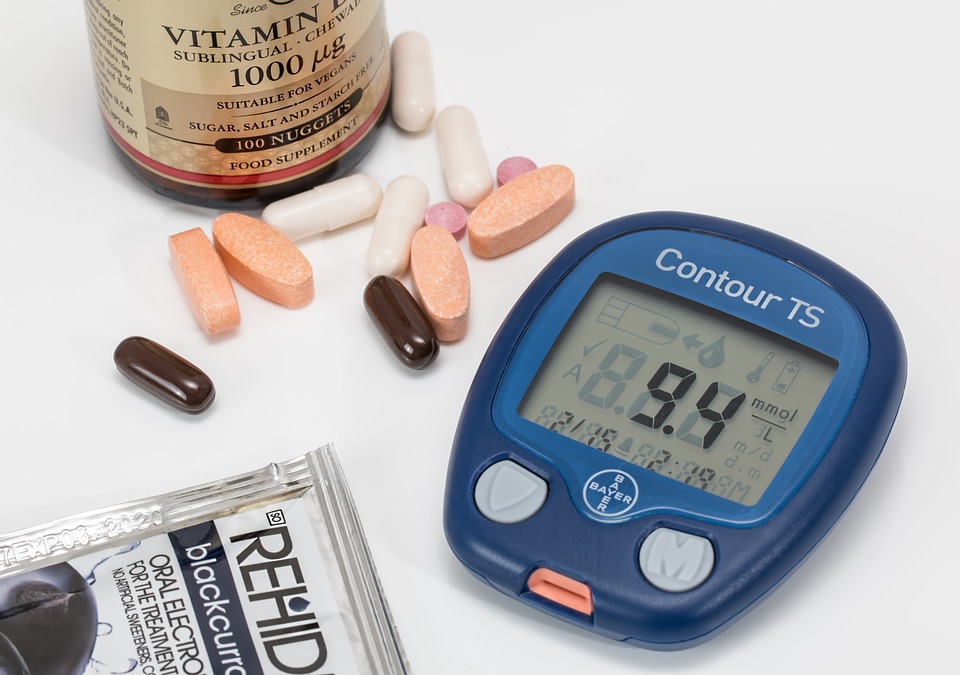Blood Pressure Numbers Chart Overview

Covering blood pressure numbers chart, meaning, by age, explained and too low numbers information.
In 90 to 95 percent of cases the causes of high blood pressure are unknown. In fact a huge number of people suffering from high blood pressure are unaware of their condition. There are various hypertension subtypes which include names such as malignant hypertension, labile hypertension, benign hypertension, morning hypertension and such others.
All these different types of high blood pressure have a particular implication on blood pressure numbers. Blood pressure readings low or high consist of a systolic measurement and a diastolic measurement . Digital home blood pressure monitors such as the Omron blood pressure monitors, Samsung, Relion, Lifesource, and Wristech monitors use these two measurements to also give a third important number which is called the pulse rate.
Typically blood pressure readings are presented for example as 140/90 mm Hg. The bigger number on top (140) is the systolic reading and the lower number at the bottom is the diastolic reading (90). The symbol mm Hg stands for millimeters of mercury. The bigger systolic number is measured when the heart contracts pushing blood out of the heart valves into the arteries at greater pressure.
The lower diastolic number is the result of a relaxing effect of the heart allowing blood to rush back into the heart from the arteries. This happens at lower pressure hence the lower blood pressure number. As a matter of standard practice, when writing or reading out, the systolic higher number is always stated first followed by the lower diastolic number.
In practical individual blood pressure situations it is possible to have a sharply high systolic number combined with a normal diastolic number. This situation typically represents a case of isolated systolic blood pressure. On the other hand blood pressure readings may be normal for systolic blood pressure yet sharply high for the diastolic reading. This is often a case of isolated diastolic blood pressure.
When the diastolic blood pressure is too low it is known as low diastolic blood pressure. Blood pressure readings are specifically important and useful by themselves when diagnosing high blood pressure cases apart from taking into account presenting high blood pressure symptoms.
Low blood pressure is rather unique. Whilst taking into account low blood pressure readings, low blood pressure symptoms are necessary if doctors are to conclude a diagnosis. This is because different people may have different low blood pressure readings and low numbers do not necessarily mean abnormality. Low blood pressure can be said to be abnormally low when symptoms of sickness present.
Blood pressure readings are absolutely necessary for doctors to make a decision to prescribe hypertension medications or not. Doctors use these numbers even to decide when to recommend lifestyle modifications such as a hypertension diet alone without high blood pressure medications.
These numbers are also important to doctors when seeking guidance from hypertension guidelines in as much as they are important in guiding patients on which exercises to engage in. Exercise and blood pressure association makes knowing blood pressure readings necessary. By looking at blood pressure readings doctors can safely recommend certain types of exercise without putting a patient's health in danger.
Blood pressure numbers chart
The following blood pressure readings chart can be used to explain and get meaning of blood pressure measurements as they are interpreted by medical professionals.
| Systolic Reading | Diastolic Reading | Reading |
| <120 | <80 | Optimal |
| <130 | <85 | Normal |
| 130-139 | 85-89 | High Normal |
| 140-159 | 90-99 | Hypertension Stage 1 |
| 160-179 | 100-109 | Hypertension Stage 2 |
| >179 | >109 | Hypertension Stage 3 |
Blood pressure numbers by age vary. People above the age of 18 years old have a normal blood pressure of 120/80mm Hg. Young children who are however closer to this age have more or less the same blood pressure readings. taller people tend to have higher blood pressure as more pressure is required to pump blood around the body.
| Pulmonary Hypertension Symptoms
Return to Hypertension Guidelines from Blood Pressure Numbers
Return to Hypertension Home from Blood Pressure Numbers

Disclaimer
Information contained on this website is not meant to replace your doctor's advice.
(c) All Rights Reserved. 2010-2018



